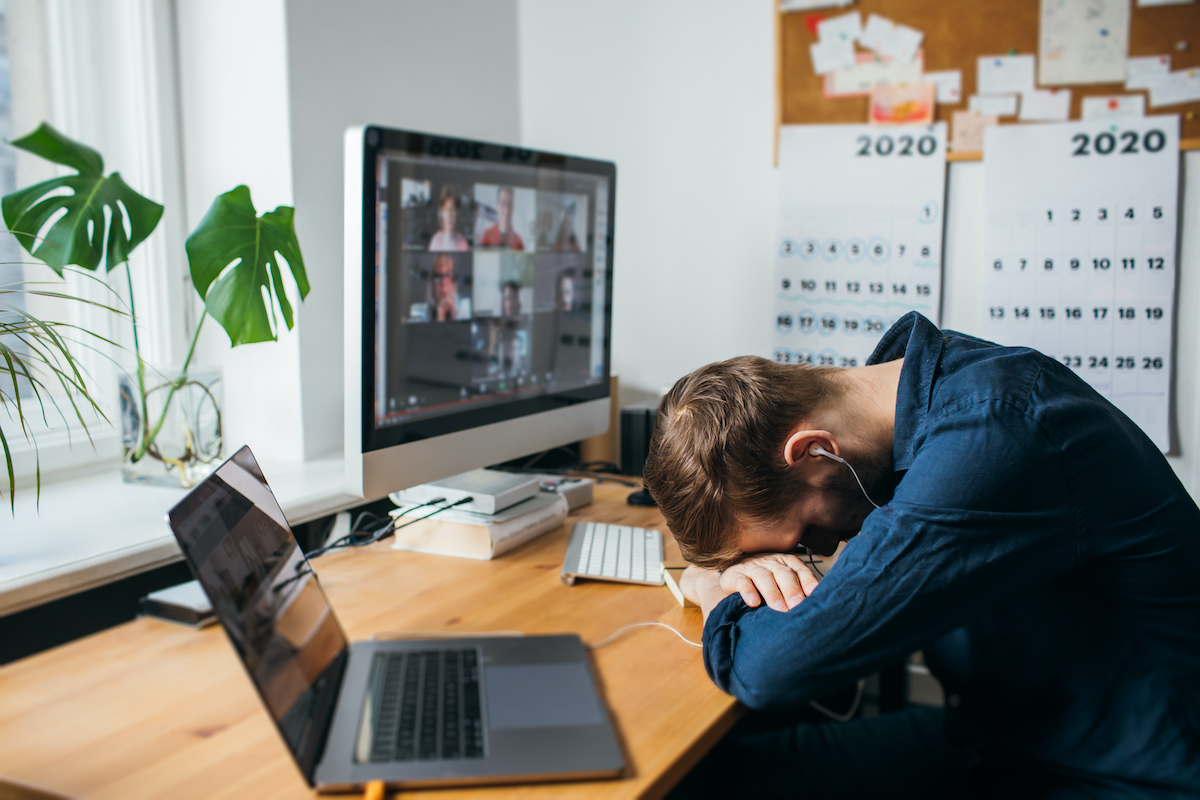It was March 2020, when we were introduced to this great new software called Zoom. Some of us were curious. Some of us were hesitant. But yet all of us had no other damn choice other than to use Zoom (or any other video conferencing software) because the whole world went virtual. After all, we were on lockdown.
It’s May 2022 at the time of writing this article, and it’s over two years. Just imagine yourself being called to another Zoom lecture right now, at this instant. What would you think? “Urrgh, not another one. I’m so sick of it”, is what you would inevitably think. This, my friends, is Zoom fatigue.
We have had enough of Zoom after two years. Our bodies and mind are taxed and exhausted. If there is a physical event or meetup somewhere, you would rush to that. Contrast that with two years ago when everyone was posting screenshots of their Zoom calls!
Zoom fatigue can be physical and psychological. Taking my own experiences into account, earlier, I could endure 4 hours of lectures in the lecture hall, 3 hours of practical classes, 1 hour of walking or playing in the afternoon, and have energy left to spare, by the time I go to sleep. But with Zoom, three hours of Zoom lectures drain my physical battery to zero. That’s it for the day. I can’t do any more. My legs get cramped up from not being used, my back hurts and my neck aches. People have reported having irregular and unhealthy sleep patterns, as well as not taking meals at the correct time. Studies have reported an increase in the incidence of headaches or prolonged to permanent stiffness in the back, arthritis and neck pain. Headaches, migraines, eye irritation and pain, blurred and double vision, excessive tearing and blinking are the most common and immediately visible physical symptoms of Zoom fatigue.
Mentally, the main feature is exhaustion, the same as physical exhaustion. You get a lack of motivation, and you aren’t emotionally active as before. Your mind stops understanding stuff after a certain period. Your attention span decreases drastically. This is the reason why you keep scrolling Facebook or WhatsApp statuses during an online lecture. Because the online lecture is not accompanied by physical and facial cues, your mind refuses to pay attention to it for a long time. Some students in my personal experience, have quit listening and paying attention to Zoom lectures altogether.
Socially, Zoom fatigue is very taxing. Though Zoom calls with friends were fun at the start, it isn’t so fun anymore. You don’t see facial expressions, non-verbal cues and body language, making it a rather unpleasant conversation. Merely it’s just a name coming up on the screen and a voice coming out of it.
Zoom fatigue is a serious thing. It’s not something that is limited to you. Some researchers have built a scale to measure how exhausted you are. It’s called the Zoom Exhaustion and Fatigue (ZEF) scale, and it was developed by a joint Swedish-American study. You can check it out on the Internet and find out how exhausted you are due to Zoom.
In conclusion, Zoom was a lifesaver back when the virus was rampaging through our lives. But there’s a saying that goes as, “Too much of a good thing is always bad”. Zoom was useful, but our bodies and minds can’t cope with it anymore. We should make changes in our lives so that our Zoom usage is minimal and balanced. But regarding hours and hours of Zoom at a stretch with no stops, I have just one thing to say: “Enough”.
Article by: Sachith Keragala | Faculty of Medicine




Leave a Reply